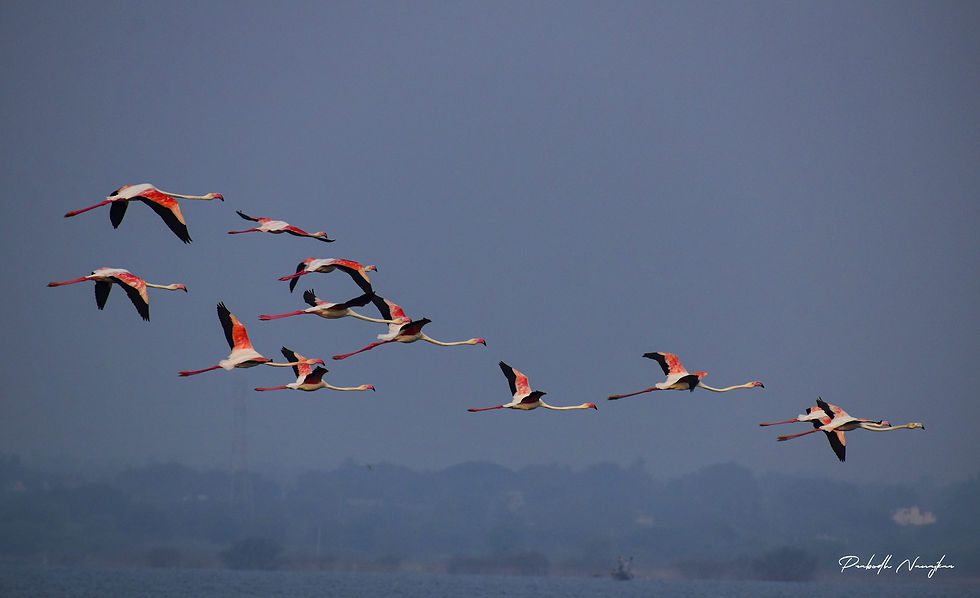Capturing Nature's Best: How to Choose the Perfect Camera for Wildlife Photography
- Prabodh Nanajkar

- Feb 21, 2023
- 2 min read
Wildlife photography is an art that requires a keen eye, patience, and the right equipment. Capturing the beauty of nature and its inhabitants requires a camera that is not only fast but also has the ability to capture fine details. With the right camera, you can create stunning images that will last a lifetime. In this blog, we will explore how to select the perfect camera for wildlife photography.

Sensor Size : The sensor size is the most important aspect of a camera. A larger sensor can capture more detail and produce higher quality images. Full-frame cameras are ideal for wildlife photography because they have a larger sensor and produce high-quality images. However, crop-sensor cameras are also suitable, especially if you are on a budget.
Autofocus System : An autofocus system is crucial for wildlife photography, especially when dealing with moving subjects. A camera with a fast and accurate autofocus system is essential. Look for a camera with a high number of autofocus points, preferably more than 50. Also, look for a camera with a fast focusing speed, so you can capture the moment when the animal is moving.
Frame Rate : The frame rate of a camera is the number of images it can capture per second. A higher frame rate is ideal for wildlife photography, especially when dealing with fast-moving animals. A camera with a frame rate of at least 5 frames per second is ideal.
ISO Sensitivity : Wildlife photography often requires shooting in low light conditions. A camera with a high ISO sensitivity is ideal for capturing sharp and well-exposed images. Look for a camera with a wide ISO range, which allows you to increase the sensitivity of the camera in low light conditions.
Lens Compatibility : The lens is just as important as the camera in wildlife photography. Look for a camera with a wide range of lenses available. Also, make sure the camera is compatible with telephoto lenses, which are essential for capturing animals from a distance.
Weather Sealing : Wildlife photography often requires working in harsh weather conditions. A camera with weather sealing is ideal for protecting the camera from dust, moisture, and extreme temperatures. Look for a camera with a good level of weather sealing, especially if you plan to work in harsh environments.
Size and Weight : Finally, consider the size and weight of the camera. Wildlife photography often requires carrying the camera for long periods. Look for a camera that is lightweight and easy to carry, especially if you plan to walk long distances.
In conclusion, selecting the perfect camera for wildlife photography requires careful consideration of several factors, including sensor size, autofocus system, frame rate, ISO sensitivity, lens compatibility, weather sealing, and size and weight. By considering these factors, you can select a camera that is capable of capturing stunning images of nature and its inhabitants.
Prabodh Nanajkar, Signing off!








_edited.jpg)
Comments